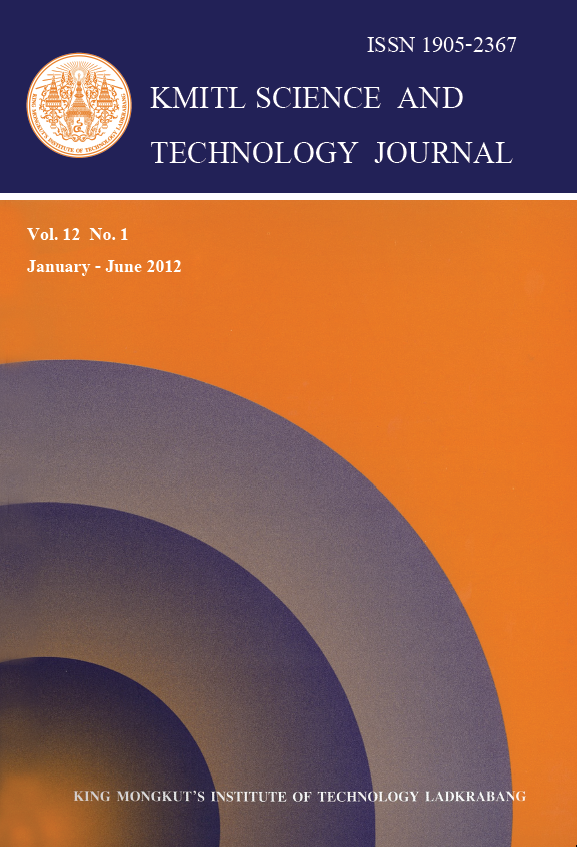Galangal (Alpinia galanga) is a tropical rhizome-producing plant that produced 1'-acetoxychavicol acetate (ACA) which has been used as a traditional herb in South-Eastern Asian. However, the environmental factors in the fields such as microorganisms, heavy metal, dust, etc. affected the growth and ACA content in galangal. Therefore, the aim of this research was to investigate the responses of growths and ACA content of galangal plantlets on different air temperatures and medium pH. The galangal in vitro plantlets were cultured on modified Murashige and Skoog (1962) under different air temperatures (15, 20, 25, 30 and 35°C) and medium pH (4.0, 5.5, 7.0 and 8.5) for 5 weeks. Fresh weight and dry weight of shoots, roots and rhizomes, and ACA content were assessed. The fresh weight and dry weight of shoots, roots and rhizomes were enhanced at 20-35°C air temperature. The ACA content in galangal rhizomes was greatest at 30°C air temperature (28.0 g g-1 rhizome dry weight). In addition, the medium pH at 5.5-7.0 promoted the fresh weight and dry weight of shoots, roots and rhizomes of galangal plantlets. The ACA content in galangal rhizomes was greatest when cultured on medium pH at 7.0 (28.2
g g-1 rhizome dry weight). Moreover, the air temperature and medium pH were positively related to ACA production (r2= 0.97 and r2= 0.90, respectively). It is deliberated that the growth and ACA content in galangal in vitro plantlets can be promoted under condition of 30°C air temperature and medium pH at 7.0.
Keywords: Zingiberaceae, secondary metabolite, medicinal plant, plant tissue culture
E-mail: siringam@yahoo.com
Siringam*, K. ., Thongket, T. ., Vajrodaya, S. ., Mosaleeyanon, K. ., & Kirdmanee, C. . (2018). Optimization of Air Temperature and Medium pH Enhanced Growths and 1-Acetoxychavicol Acetate (ACA) Content of Galangal (Alpinia galanga) Plantlets in vitro. CURRENT APPLIED SCIENCE AND TECHNOLOGY, 30-38.

https://cast.kmitl.ac.th/articles/136325